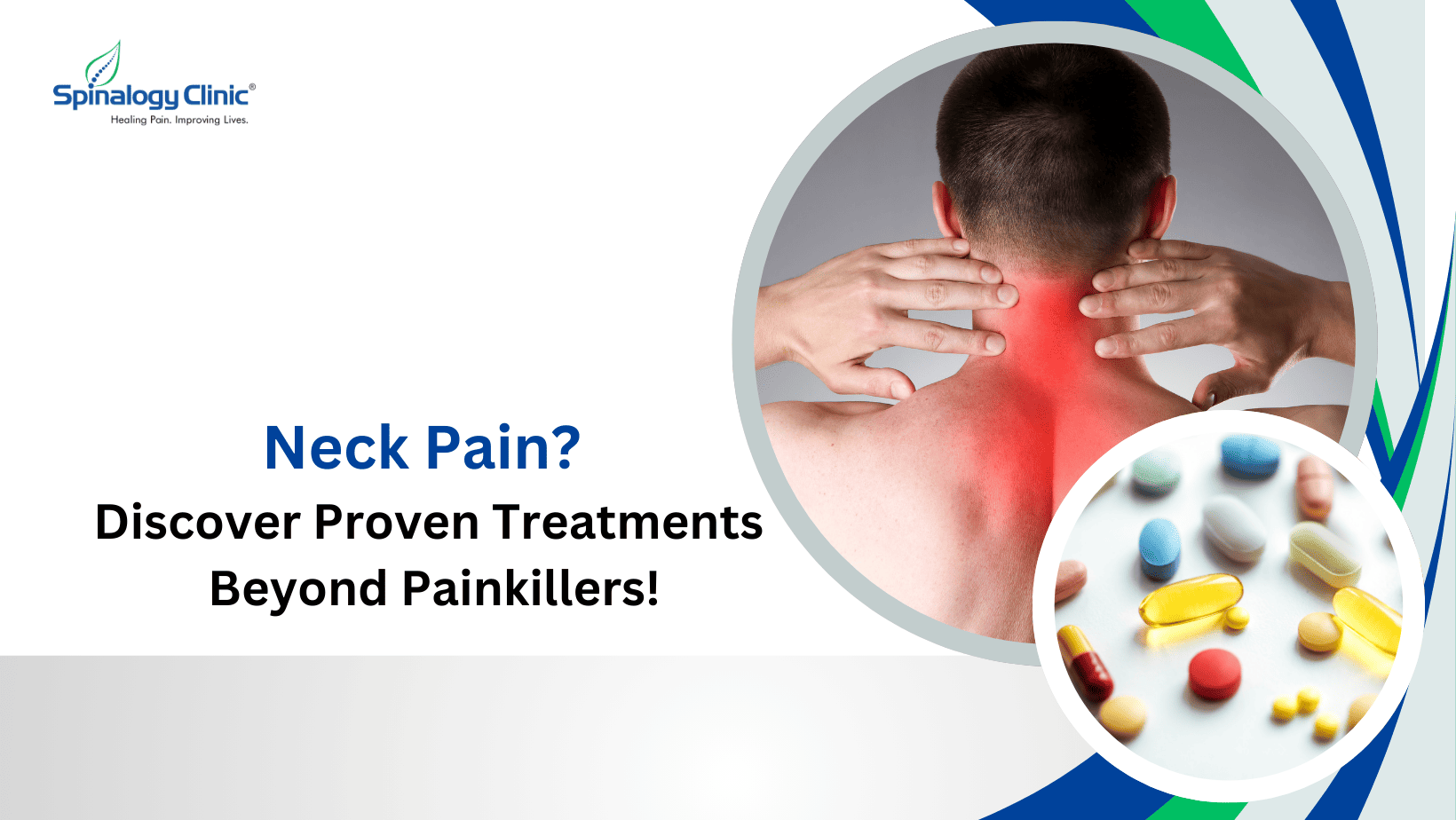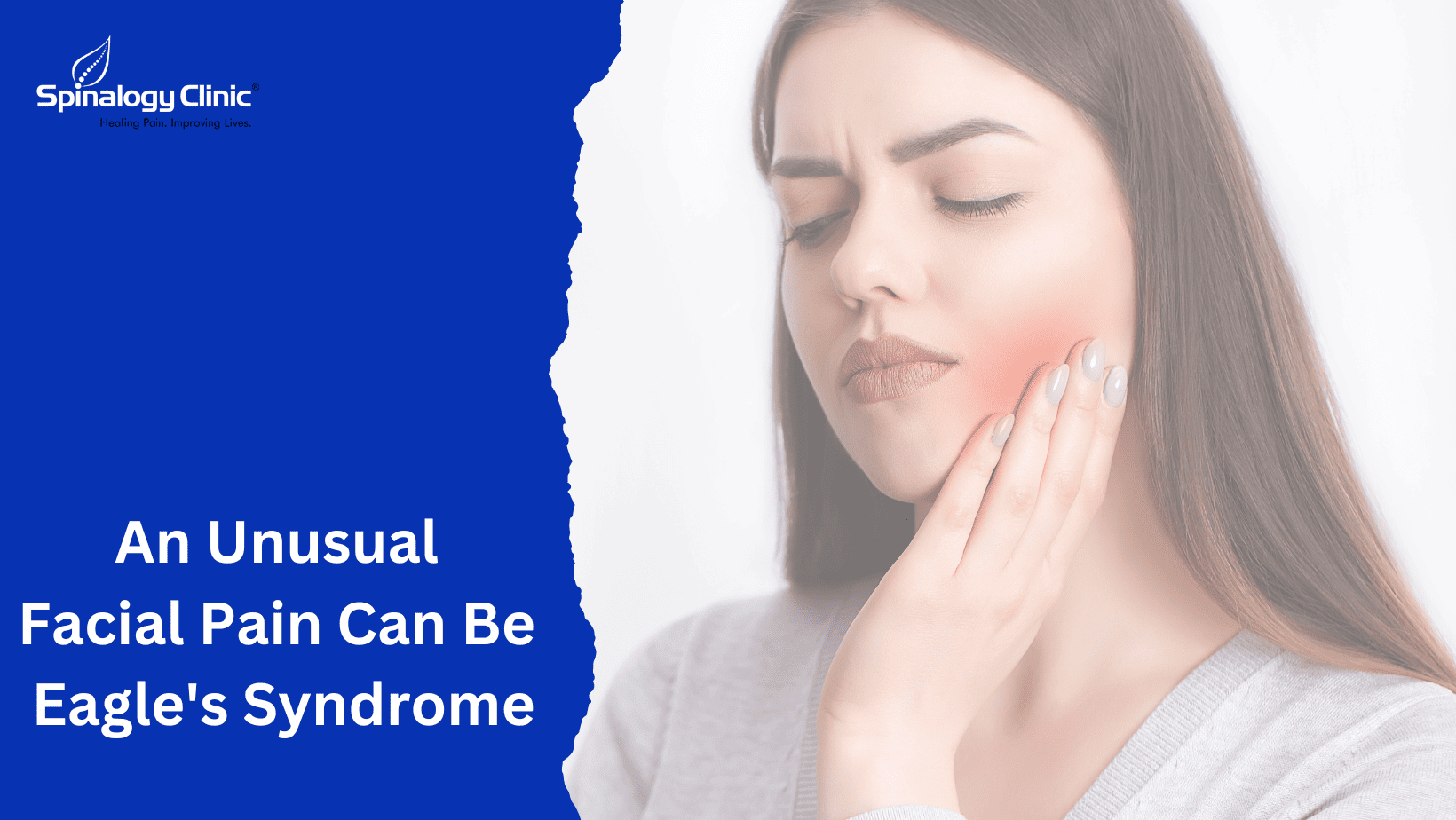Cervical Degenerative Disc Disease: Non-Surgical Treatments
Cervical degenerative disc disease (CDDD) is when the discs between the vertebrae in the neck become damaged, leading to chronic pain and stiffness.
Symptoms may include neck pain and stiffness, radiating pain in the arms or shoulders, muscle weakness, tingling and numbness in upper limbs, headaches, and loss of range of motion. Treatment may involve spinal injection procedure based on severity, lifestyle modifications, physical therapy, medications.
How is Cervical Degenerative Disc Disease caused?
Cervical degenerative disc disease is mainly caused by age-related wear and tear of the intervertebral discs in the spine. The discs can become dry and brittle as people age, leading to tears, bulges, and reduced flexibility. This can lead to pain, stiffness, and nerve compression.
Other causes of Cervical Degenerative Disc Disease include:
- Injury: Trauma to the spine can cause the discs to become damaged, leading to dehydration and degeneration.
- Overuse: People who engage in repetitive activities such as lifting heavy objects, or performing motions over and over again, put extra strain on their spine and discs, leading to wear and tear.
- Genetics: Certain genetic predispositions may make some more likely to suffer from degenerative disc disease.
- Smoking: Smoking is known to reduce the ability of the discs to receive nutrients, leading to degeneration.
Symptoms of Cervical Degenerative Disc Diseases
Some of the symptoms of Cervical Degenerative Disc Disease include:
- Neck pain
- Stiffness in the neck
- Pain that radiates down the arms, shoulders, and back
- Weakness in the arms and legs
- Numbness in the arms and legs
- Loss of coordination
- Difficulty walking or balancing
- Muscle spasms
- Headaches
- Difficulty concentrating
Cervical Degenerative Disc Disease Treatment
- Lifestyle Changes
When looking at a computer monitor or swimming, craning the neck forward can be especially painful for the neck. Pain usually disappears when certain activities are avoided or modified for a few days or weeks. A strong posture should also be maintained when sitting (instead of slouching or flexing your neck forward while driving, focusing on a cell phone, etc.). Staying hydrated, quitting smoking, and eating well are also important for disc health.
- Medication or Injections
Pain relievers such as acetaminophen, ibuprofen or others may be helpful. It is possible that the doctor will prescribe stronger pain medication, such as oral steroids or muscle relaxants, if the initial medication does not work. Furthermore, certain types of injections deliver medication directly into certain parts of the neck. For example, cervical epidural steroid injections and facet injections.
- Ice and/or Heat Therapy.
Ice packs or heated gel packs can be applied to the uncomfortable part of the neck to relieve pain.
- Physical therapy
Exercising and stretching are usually part of a non-surgical treatment program for neck pain. Physical therapists and other health professionals can prescribe stretching and exercise regimens that are tailored to the patient's needs. Neck pain can generally be reduced by increasing strength and flexibility.
- Manual manipulation
A qualified health professional can adjust the cervical spine to increase range of motion and/or reduce pain. In order to perform manual manipulation of the neck, a physical examination or imaging study should first be performed based on the symptoms.
When to see a doctor?
It is important to seek medical attention if you are experiencing any of the symptoms associated with cervical degenerative disc disease. These symptoms may include pain, numbness, tingling, and weakness in the neck, shoulders, arms, and legs. If the symptoms persist or worsen, seek medical attention immediately.
Conclusion:
Cervical degenerative disc disease can be managed effectively with a combination of non-surgical treatments. The goal of non-surgical treatments aims to reduce pain and improve function, allowing for an improved quality of life. Your doctor can help determine the best non-surgical treatment plan for you.
_1682489757.jpg)
_1746449195_1751827240.png)


